Diabetes can cause nerve damage (also known as diabetes peripheral neuropathy – DPN) and poor blood flow or circulation to the legs and feet (also known as peripheral arterial disease – PAD). As a result, people with diabetes are less likely to feel a foot injury, such as a blister or cut. Diabetes can make these injuries more difficult to heal. Unnoticed and untreated, even small foot injuries can quickly become infected, potentially leading to serious complications.
Daily Foot Care
As always, prevention is the best medicine. A good daily foot care routine will help keep your feet healthy.
Start by assembling a foot care kit containing nail clippers, nail file, lotion, and a non-breakable hand mirror. Having everything you need in one place makes it easier to follow this foot care routine every day:
Wash your feet in warm (not hot) water, using a mild soap. Don’t soak your feet, as this can dry your skin.Dry your feet carefully, especially between your toes.Thoroughly check your feet and between your toes to make sure there are no cuts, cracks, ingrown toenails, blisters, etc. Use a hand mirror to see the bottom of your feet, or ask someone else to check them for you.Clean cuts or scratches with mild soap and water, and cover with a dry dressing suitable for sensitive skin.Trim your toenails straight across and file any sharp edges. Don’t cut the nails too short.Apply a good lotion to your heels and soles. Wipe off excess lotion that is not absorbed. Don’t put lotion between your toes, as the excessive moisture can promote infection.Wear fresh clean socks and well-fitting shoes every day. Whenever possible, wear white socks – if you have a cut or sore, the drainage will be easy to see.
Best Advice
Do:
Wear well-fitting shoes. They should be supportive, have low heels (less than five centimetres high) and should not rub or pinch.Shop at a reputable store with knowledgeable staff who can professionally fit your shoes.Buy shoes in the late afternoon (since your feet swell slightly by then).Wear socks at night if your feet get cold.Elevate your feet when you are sitting.Wiggle your toes and move your ankles around for a few minutes several times a day to improve blood flow in your feet and legs.Exercise regularly to improve circulation.Inspect your feet daily and in particular, feel for skin temperature differences between your feet.
Don’t:
Use over-the-counter medications to treat corns and warts. They are dangerous for people with diabetes.Wear anything tight around your legs, such as tight socks or knee-highs.Ever go barefoot, even indoors. Consider buying a pair of well-fitting shoes that are just for indoors.Put hot water bottles or heating pads on your feet.Sit or cross your legs for long periods of time.Smoke. Smoking decreases circulation and healing, and significantly increases the risks of amputation.Wear over-the-counter insoles – they can cause blisters if they are not right for your feet.


